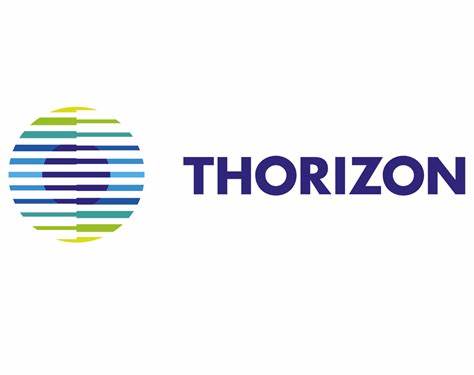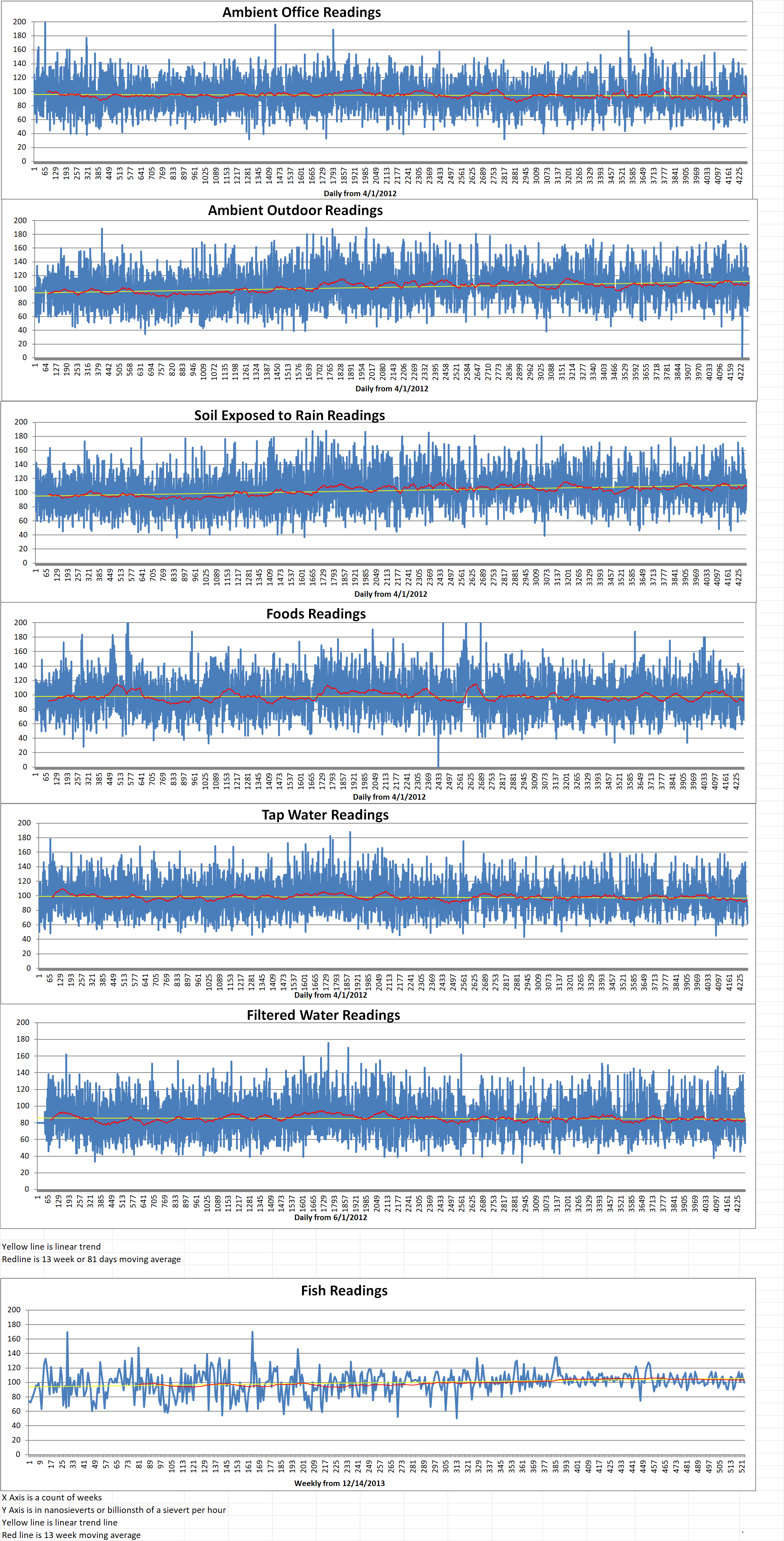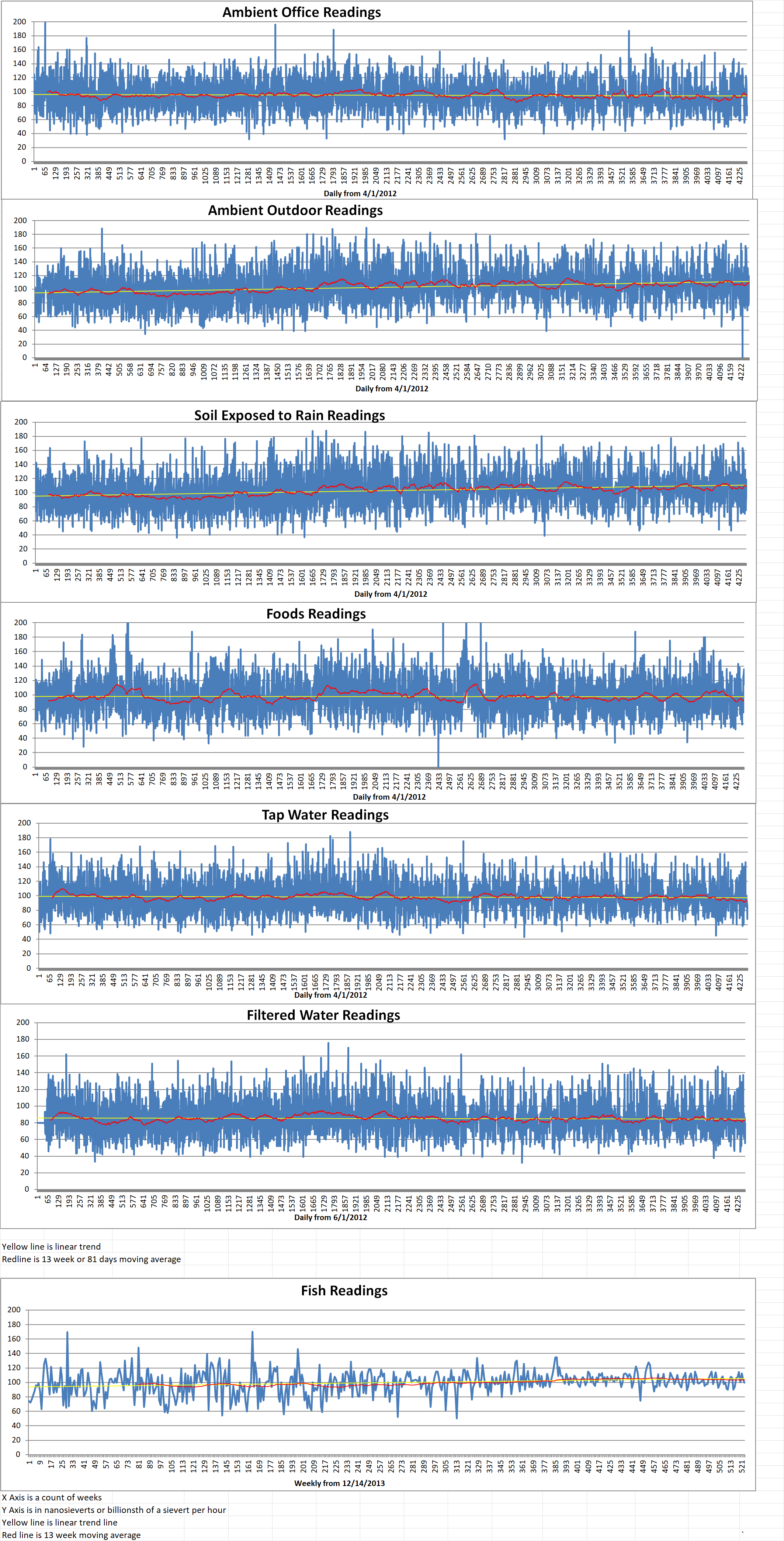Thorizon of the Netherlands has signed a cooperation agreement with France’s EDF R&D to collaborate on the Horizon One molten salt reactor design.
Thorizon is a spin-off from the Nuclear Research and Consultancy Group (NRC), which operates the High Flux Reactor in Petten. The company is developing a two hundred and fifty megawatt thermal/one hundred-megawatt electricity molten salt reactor (MSR), targeted at large industrial customers and utilities. Thorizon plans to construct a pilot reactor system before 2035.
MSRs use low pressure molten fluoride salts as primary coolant. They can operate with epithermal or fast neutron spectrums, and with a variety of fuels. A great deal of the interest today in reviving the MSR concept relates to using thorium (to breed fissile uranium-233). An initial source of fissile material such as plutonium-239 needs to be provided. There are several different MSR design concepts, and a variety of interesting challenges in the commercialization of many, especially with thorium.
The molten salt fuel adopted by Thorizon utilizes a combination of long-lived elements from reprocessed spent nuclear fuel and thorium. The reactor will be able to recycle long-lived spent nuclear fuel from existing nuclear facilities. The Thorizon One concept is unique. The core is composed of a set of cartridges that is replaced every five to ten years. This, the company says, overcomes two molten salt design obstacles which are material corrosion and handling of spent nuclear fuel volumes.
Under the new agreement, EDF R&D will review Thorizon’s neutronic core calculations. They will also conduct scenario analyses to determine how the Thorizon One could help to close the fuel cycle in the European reactor fleet.
Thorizon stated that it will “benefit from EDF’s expertise as the French leader in electricity production, and in particular from the recognized skills of its R&D researchers”.
Bernard Salha is the EDF R&D Director and EDF Group Chief Technical Officer. He said, “The R&D team covers all disciplines from neutronics and fuel to safety and construction. We are actively supporting several start-ups in the France 2030 program. The cartridge-based approach of Thorizon is interesting and promising.”
Kiki Lauwers is the Thorizon CEO. She said, “It is a pleasure to work with the EDF team which has more experience in nuclear than any company across the globe. Thanks to EDF R&D, start-ups like us benefit from access to unique industry experts that can very quickly spot the strengths and areas for improvements in our design. We hope we can continue to work with the EDF R&D team on the realization of our technology in the future. We believe all solutions are needed to empower the energy transition and the Thorizon One can be a great compliment to the existing and planned nuclear fleet.”
Horizon added that its ambition is to develop an MSR “that can be realized rapidly and smartly, is ‘walk-away’ safe, and takes a first step towards circularity by using long-lived nuclear waste as a fuel source”. The company intends to build a non-nuclear molten salt demonstrator in the short-term and finalize the detailed design to start constructing a first-of-a-kind Thorizon One reactor by 2030.






